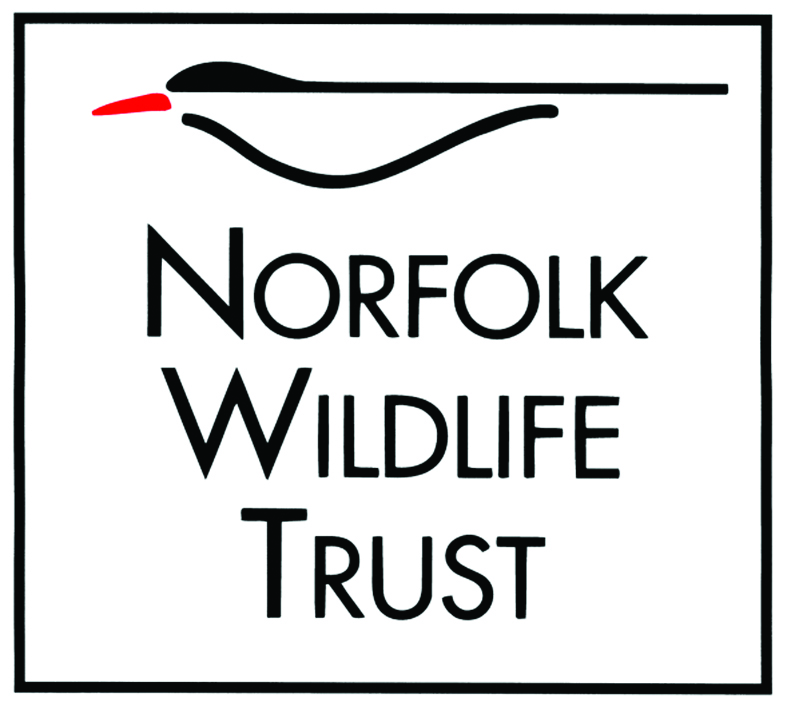Search
Search
Five steps to creating a simple management plan for your churchyard
Discover what is special about your churchyard and how to manage it well for people and wildlife.
Churchyard Conservation Scheme
Nursery web spider
A common spider of heathland and grassland, the Nursery web spider has brown and black stripes running the length of its body. It is an active hunter, only using its silk to create a protective…
Small skipper
Often found basking on tall grasses, or buzzing between stems, the small skipper is a small, orange butterfly. It prefers rough grassland, verges and woodland edges.
Small white
The small white is a common garden visitor. It is smaller than the similar large white, and has less black on its wingtips.
Small heath
The small heath is the smallest of our brown butterflies and has a fluttering flight. It favours heathlands, as its name suggests, as well as other sunny habitats.
Small teasel
A prickly, tall plant, the Small teasel is closely related to the Common teasel, but has much smaller, more rounded flower heads. It prefers damp, open woodlands.
Small copper
The small copper lives up to its name in both colour and size! Look out for it from April onwards in dry, sunny habitats like heathland, downland and woodland. It can be spotted in gardens, too.…
Small tortoiseshell
The pretty small tortoiseshell is a familiar garden visitor that can be seen feeding on flowers all year-round during warm spells. Overwintering adults may find resting spots in sheds, garages or…
What a tangled web we weave…
Although much maligned, and often feared, spiders are an essential part of our natural world and indicators of a healthy environment, says Norfolk Wildlife Trust Reserves Officer Robert Morgan.…
Small pearl-bordered fritillary
The small pearl-bordered fritillary is a pretty orange-and-brown butterfly of damp grassland, moorland, and open woodland. It gets its name from the row of 'pearls' on the underside of…
